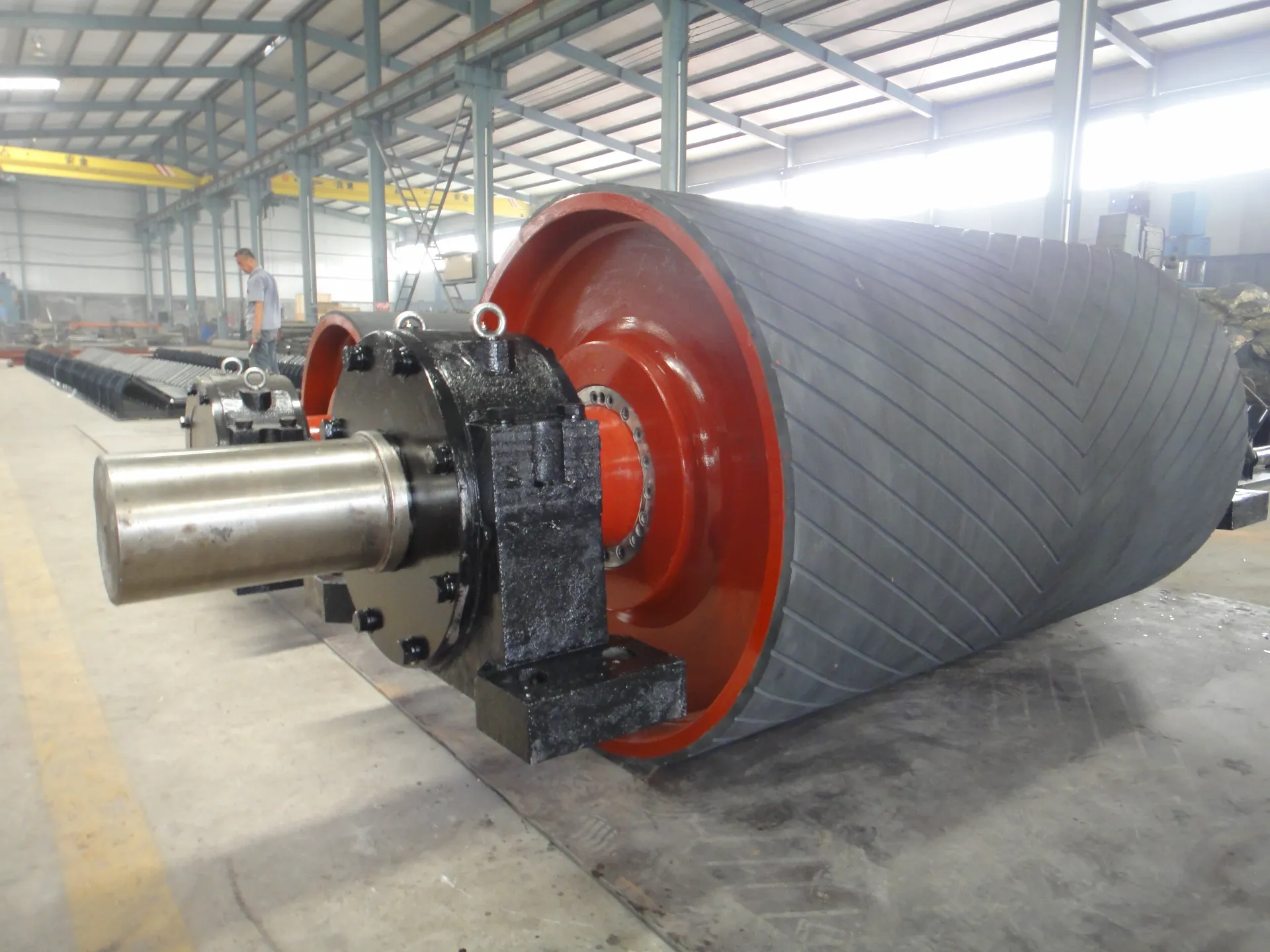 Afrikaans
Afrikaans  Albanian
Albanian  Amharic
Amharic  Arabic
Arabic  Armenian
Armenian  Azerbaijani
Azerbaijani  Basque
Basque  Belarusian
Belarusian  Bengali
Bengali  Bosnian
Bosnian  Bulgarian
Bulgarian  Catalan
Catalan  Cebuano
Cebuano  Corsican
Corsican  Croatian
Croatian  Czech
Czech  Danish
Danish  Dutch
Dutch  English
English  Esperanto
Esperanto  Estonian
Estonian  Finnish
Finnish  French
French  Frisian
Frisian  Galician
Galician  Georgian
Georgian  German
German  Greek
Greek  Gujarati
Gujarati  Haitian Creole
Haitian Creole  hausa
hausa  hawaiian
hawaiian  Hebrew
Hebrew  Hindi
Hindi  Miao
Miao  Hungarian
Hungarian  Icelandic
Icelandic  igbo
igbo  Indonesian
Indonesian  irish
irish  Italian
Italian  Japanese
Japanese  Javanese
Javanese  Kannada
Kannada  kazakh
kazakh  Khmer
Khmer  Rwandese
Rwandese  Korean
Korean  Kurdish
Kurdish  Kyrgyz
Kyrgyz  Lao
Lao  Latin
Latin  Latvian
Latvian  Lithuanian
Lithuanian  Luxembourgish
Luxembourgish  Macedonian
Macedonian  Malgashi
Malgashi  Malay
Malay  Malayalam
Malayalam  Maltese
Maltese  Maori
Maori  Marathi
Marathi  Mongolian
Mongolian  Myanmar
Myanmar  Nepali
Nepali  Norwegian
Norwegian  Norwegian
Norwegian  Occitan
Occitan  Pashto
Pashto  Persian
Persian  Polish
Polish  Portuguese
Portuguese  Punjabi
Punjabi  Romanian
Romanian  Russian
Russian  Samoan
Samoan  Scottish Gaelic
Scottish Gaelic  Serbian
Serbian  Sesotho
Sesotho  Shona
Shona  Sindhi
Sindhi  Sinhala
Sinhala  Slovak
Slovak  Slovenian
Slovenian  Somali
Somali  Spanish
Spanish  Sundanese
Sundanese  Swahili
Swahili  Swedish
Swedish  Tagalog
Tagalog  Tajik
Tajik  Tamil
Tamil  Tatar
Tatar  Telugu
Telugu  Thai
Thai  Turkish
Turkish  Turkmen
Turkmen  Ukrainian
Ukrainian  Urdu
Urdu  Uighur
Uighur  Uzbek
Uzbek  Vietnamese
Vietnamese  Welsh
Welsh  Bantu
Bantu  Yiddish
Yiddish  Yoruba
Yoruba  Zulu
Zulu Conveyor Components Available for Purchase and Immediate Delivery
Exploring High-Quality Conveyor Parts for Sale
In today’s fast-paced industrial environment, efficient material handling is crucial for maintaining productivity and reducing operational costs. Conveyor systems are integral to numerous sectors, including manufacturing, warehousing, and distribution. At the heart of these systems are conveyor parts, which play a significant role in ensuring smooth and reliable operation. If you’re in the market for conveyor parts for sale, understanding the different types and their applications is essential for making informed purchasing decisions.
Understanding Conveyor Systems
Conveyor systems are used to transport materials efficiently from one location to another within a facility. These systems can be found in various configurations, including belt conveyors, roller conveyors, chain conveyors, and aerial conveyors. Each type of conveyor is suited to specific applications, and the choice of parts must align with the overall system design and operational requirements.
Types of Conveyor Parts
When it comes to conveyor parts, several key components are critical for the proper functioning of any conveyor system. Here are some of the most essential parts that can be found for sale
1. Conveyor Belts Conveyor belts are the backbone of belt conveyor systems, made from durable materials such as rubber, PVC, or metal. They are designed to withstand heavy loads and excessive wear, making them available in various sizes and thicknesses to suit different applications.
2. Rollers Rollers are integral to the operation of roller conveyors. They support the conveyor belt and help facilitate its movement. High-quality rollers can reduce friction and wear, ensuring longevity and reliability.
3. Pulleys Pulleys are essential components that help guide and support conveyor belts. They are typically made from robust materials to withstand heavy loads. The alignment and condition of pulleys significantly affect the overall performance of the conveyor system.
conveyor parts for sale

4. Chains Chain conveyors require chain links, which provide robust strength for transporting heavy items. Chains come in various types, including roller chains and double-pitch chains, each designed for specific loads and speeds.
5. Bearings Bearings are crucial for reducing friction between moving parts, enabling smoother operation and extended lifespan of conveyor systems. High-quality bearings are essential for high-speed applications where efficiency is key.
6. Drives and Motors The drive system powers the conveyor, consisting of motors, gearboxes, and inverters. Choosing the right motor is critical depending on the load sizes and speeds required for the application.
7. Control Systems Modern conveyor systems often incorporate advanced control systems for automation. These systems manage the speed, direction, and synchronization of conveyor operations, enhancing overall efficiency.
Why Invest in Quality Conveyor Parts?
Investing in quality conveyor parts is vital for ensuring operational efficiency. High-quality components not only enhance performance but also reduce the risk of breakdowns and maintenance costs. Moreover, reliable parts contribute to the safety of your workforce and prevent disruptions in the supply chain.
When searching for conveyor parts for sale, it’s essential to consider sources that offer reputable brands with warranty options. Suppliers with a track record of excellent customer service and support can also be invaluable in providing the guidance necessary for selecting the right parts.
Conclusion
In conclusion, the right conveyor parts are paramount for maintaining the efficiency of your conveyor systems. With a myriad of components available for sale, it is crucial to understand their specific functions and applications. By choosing high-quality parts, you can enhance the reliability and performance of your conveyor systems, contributing to improved productivity and reduced operational costs. Whether you are upgrading an existing system or building a new one, investing in the right conveyor parts can make all the difference in achieving your operational goals.
-
Revolutionizing Conveyor Reliability with Advanced Rubber Lagging PulleysNewsJul.22,2025
-
Powering Precision and Durability with Expert Manufacturers of Conveyor ComponentsNewsJul.22,2025
-
Optimizing Conveyor Systems with Advanced Conveyor AccessoriesNewsJul.22,2025
-
Maximize Conveyor Efficiency with Quality Conveyor Idler PulleysNewsJul.22,2025
-
Future-Proof Your Conveyor System with High-Performance Polyurethane RollerNewsJul.22,2025
-
Driving Efficiency Forward with Quality Idlers and RollersNewsJul.22,2025





























